
Sudden food crazes cause more havoc than we can imagine or perceive. Morocco is now battling the impacts of excess demand for “red-gold” sea weed, an alternative to animal-sourced gelatins for strict vegetarians.
The quinoa craze turned what was once a cheap, nourishing staple diet for Bolivians and Peruvians into an unaffordable grain for many of the poor locally. Read here about the dirty secret of quinoa. The appetite of western culture, and fanatic vegetarianism has increased demand for quinoa stratospherically: in 2013 the price of quinoa tripled from 2006 prices.
Prices have risen to such an extent that the poorer populations of Peru and Bolivia can no longer afford it and instead substitute for cheaper imported junk food. In Lima, quinoa now costs more than chicken and outside the cities land is increasingly being turned into quinoa monocultures.
Gaga for agar-agar
A similar story is happening in Morocco, El Jadida, with “red gold” a mineral rich seaweed used to produce agar- agar a natural gelling agent popular with cooks and professional chefs, used in pharmacology and cosmetics and an alternative to animal-sourced gelatins for vegetarians and religious groups that ban pork.
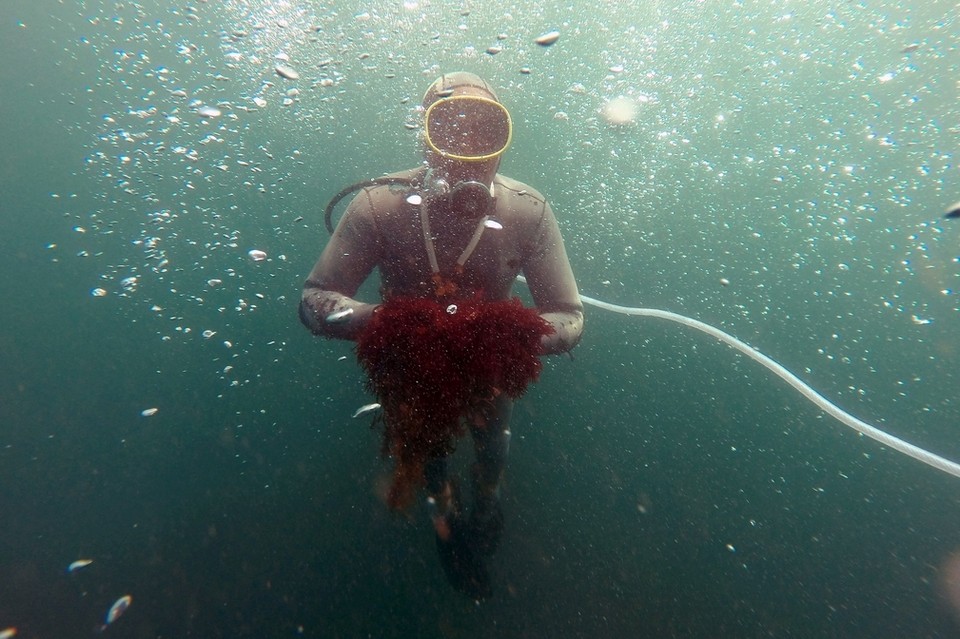
Over in Japan, agar is used for sauces, soups, jellies, and desserts. In the Western world, it is used as a gelling and stabilizing agent by meat and fish canneries, and in baked goods, dairy products, and candies as well.
In 2010 over exploitation pushed the fishing ministry to place quotas restricting its harvest, and today rising demand and falling supply has resulted in increasing export prices.
Agar-agar is an important gelling agent for people who cannot consume pork products, like Jews and Muslims. But it is also a staple for vegans.
Yet fishermen and are not seeing the economic benefits from these rising prices, research has shown that fishermen often sell the produce half the price pre-established by the quota and are forced to dive deeper, with dangerous consequences in the hope of finding this increasingly scarce, expensive “gold” (which by the way, currently sells at 0.4 USD per Kg- so not really gold) .
Killing Morocco’s ecosystem and society
Aside from the negative social consequences, overharvesting seaweed also has obvious negative to the local marine ecosystem. Seaweed plays a major role in marine ecosystems , in fact they are considered “keystone species” since they are one of the first organism in marine food chains.
They provide nutrients and energy for animals, either directly when fronds are eaten, or indirectly when decomposing parts break down into fine particles and are taken up by filter-feeding animals. Seaweeds also act as filters by taking up nutrients and carbon dioxide from seawater reducing local coastal eutrophication and ocean acidification.
What was once ordinary red algae, has now become “red gold” with negative consequences on the fishermen and the environment.
We have to remember that nowadays crazes have a more significant impact than in the past. Globalization, increasing communication streams, increasing population, and rising incomes and the concomitant increase in purchasing power means that the decisions we make today have a larger ripple on effect on populations and environments that are far from our sight.
Using exotic foods, supplements and medicine to fulfill health habits, or becoming fanatic about not using certain produce may not be the answer to a more sustainable, global economy.
Looking at your own country’s tradition, local crop and seed wealth and medicinal herbs is just as efficient at supporting health and has a marginal and sustainable impact on local economies. Like always, balance is the key and the solution lies right next to you.
Image of Red gold seaweed harvest in Morocco by Fadel Senna; image of agar red seaweed from Shutterstock

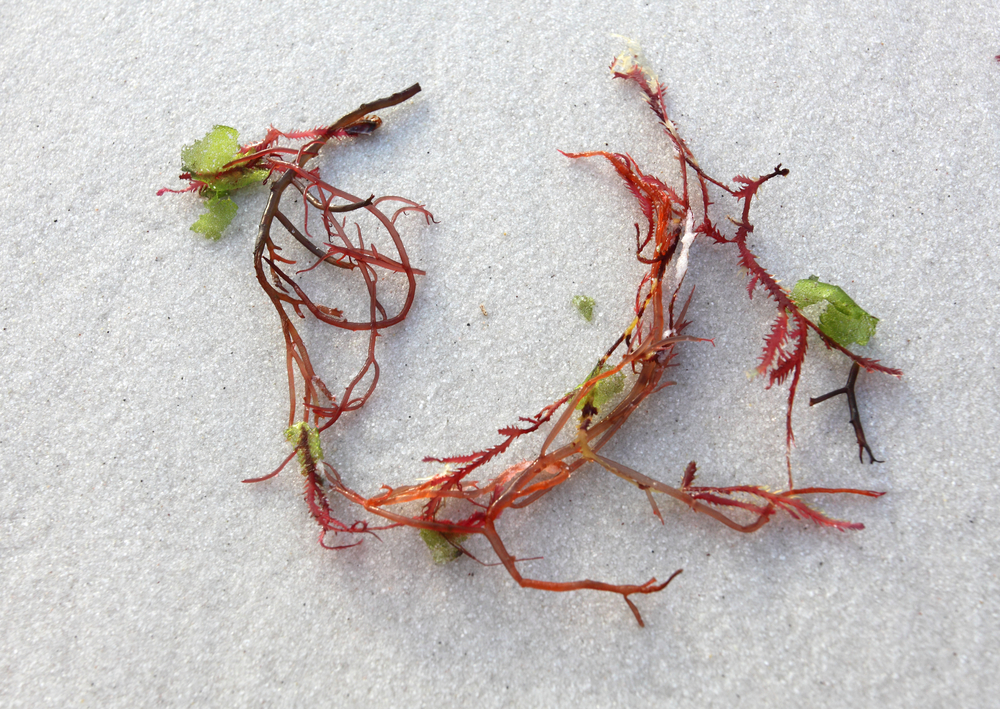
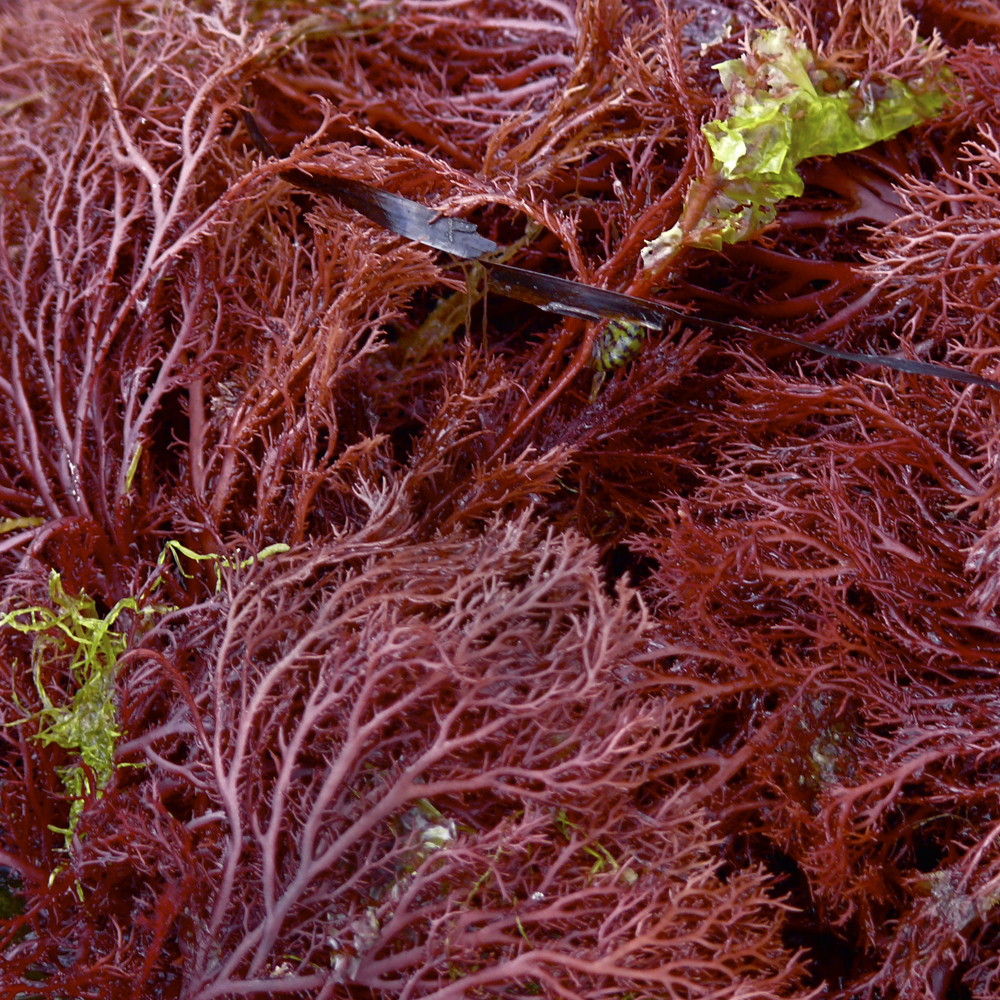
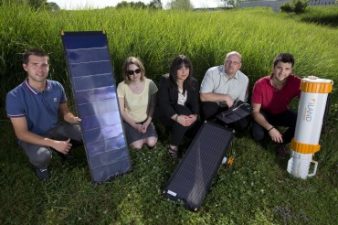

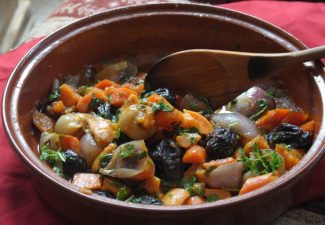
It’s absolutely disgusting that people feel the need to attack vegans while dismissing their own (much more damaging) guilt.
Clearly those of you doing this are ignorant in the statistics and research departments, otherwise you’d be able to tell immediately that it’s not possible for veganism and vegetarianism to be the main culprit here.
Please cite references and verifiable data pointing to exactly where the product is going, otherwise by numbers alone, it’s not the veg*ns
Gracilaria has been the major source of raw material for the agar industry nowsaday. The largest producer of Gracilaria today is Indonesia and the growing of Gracilaria spp. with milkfish has provided many better live for low income families in the coastal areas. Gracilaria farming will continue to be farmed in the eastern part of Indonesia to meet the demand of this important raw material for the agar industry worldwide.
Interesting points raised here, but smack at veganism tone of the article utterly ignores the fact that the meat and dairy industry are hurting the poor much, much more, by wasting limited grain resources on animal feed, not to mention a slew of other ecosystem imbalances caused by excessive animal consumption. That’s without getting into critical issues of compassion. Not all vegans thrive on quinoa or agar — but it’s certainly worth drawing attention to any damage being done any ecosystems in the process of harvesting any sort of food for any consumers anywhere.
Ellen thank you,
I wholly agree with the points you raise about the meat and dairy industry, and excessive consumption of this. I can assure you the article does not ignore the fact that the meat and dairy industry are hurting the poor. The article is simply pointing out that extreme, fanatic, exotic, capricious veganism (like for any sort of “religion”) also damages systems, in ways in which people may not ever realize.
Excellent points, Sheir. But this doesn’t absolve us lovers of “exotic” foods from backing up sustainability – including local production wherever possible and substitution.
You are wrong to point the fingers at vegans. As you point out, this seaweed is used by the meat and dairy industries. It is also used in the paper, science and fabric industries.
Here is what the latest Food and Agricultural organization report states:
“Sales depend on the prosperity of the agar industry, and since it has a stable market with limited prospects of expansion, agarophytes in general are in a similar position. However, the market for Gelidium and Pterocladia will always be competitive because they provide the best quality agar and are only available from limited natural resources. Since the cultivation of Gracilaria has been so successful, this means that any expansion that does occur in the agar market can be readily serviced by growing more Gracilaria. At present the producers and collectors of Gracilaria are therefore likely to face a buyers market, bringing pressure to reduce prices.” If you have data that shows the demand for agar cannot be met sustainably, please cite your sources. Thank you.
Thanks for your comment Sheir.
The main property of Agar agar is its use as a gelling agent which is why, as you point out, it is used in multiple industries. The article “points the finger” at vegans as being part of the demand that is fuelling unsustainable use of this resource. The FAO blurb you posted says nothing about sustainability, and instead is saying “it is possible to meet demand by growing more Gracilaria” (and by the way the “latest” FAO report is dated 2003)- sustainability means undergoing an activity which can be endured through time i.e. without harming the environment, society, a culture etc… irreversibly or in such a way that it affects future generations. My point is not about meeting demand, or the economics of the gracilaria market, but about unsustainable practices that can be easily avoided by limiting fanaticism and exoticism (especially in todays globalized, ever-expanding world). All the best
linda